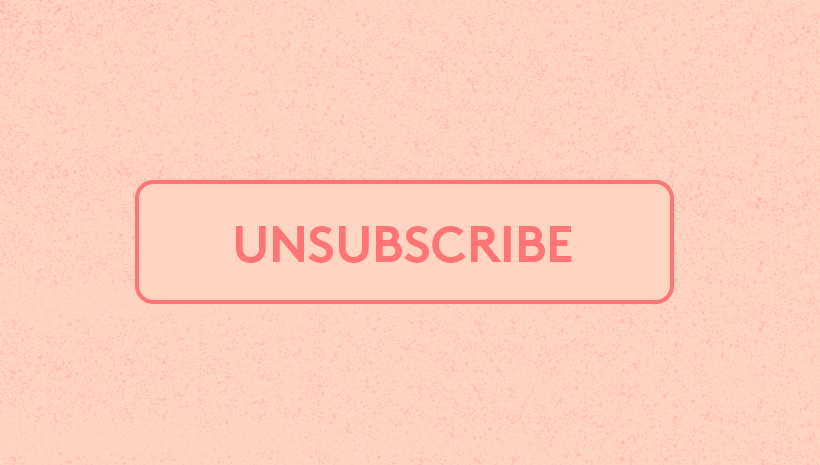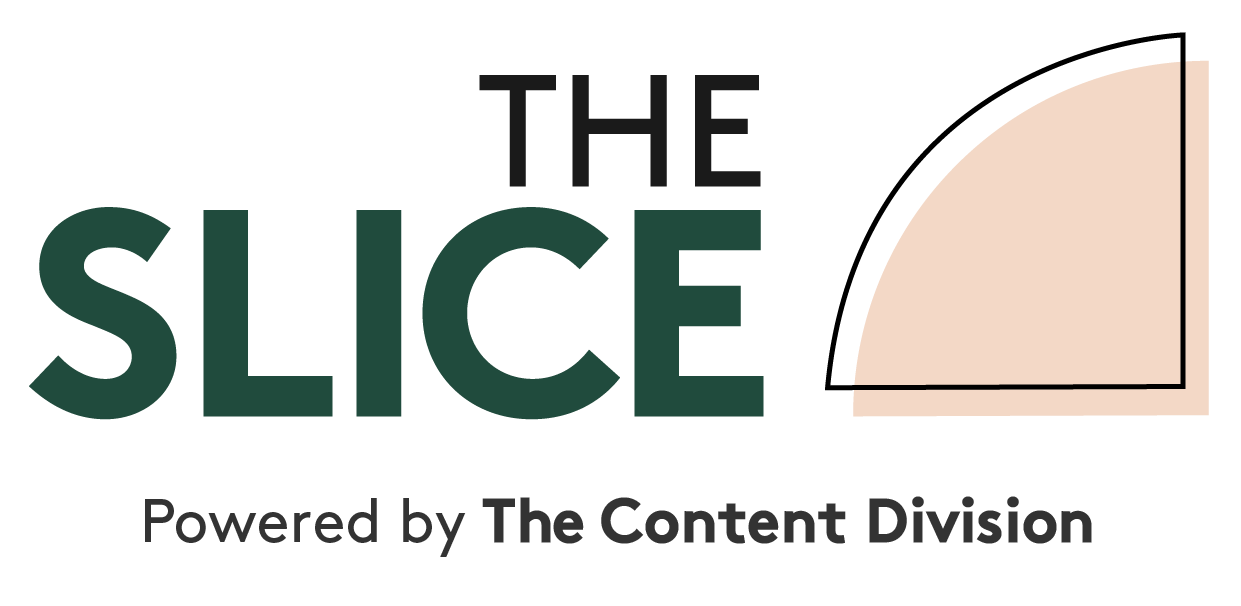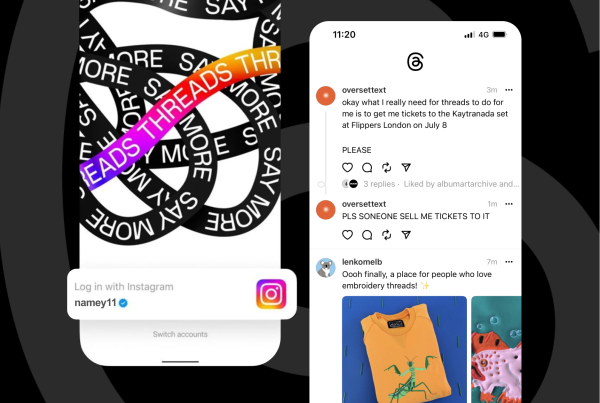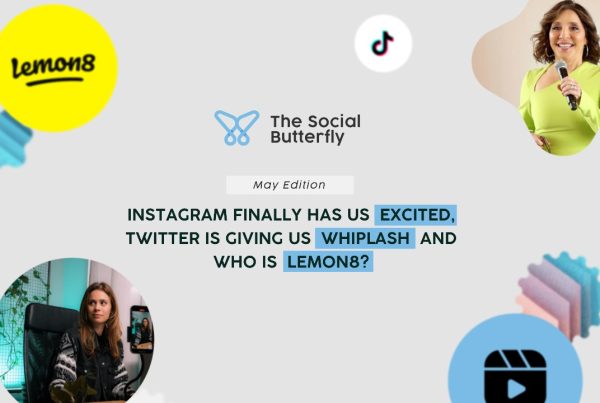
Keeping your unsubscribe rate low should be high on any email marketers’ radar.
As a marketer, you work hard to get customer data and keep them engaged until they are ready to buy from you. So how do you make sure your emails don’t get the chop?
You will inevitably lose subscribers over time, and that’s not always a bad thing. If people are genuinely disengaged with your brand because it’s no longer relevant to them then you’re wasting your energy marketing to them anyway. Let them go.
But how do you keep the subscribers who still have sales left in them? To understand, we need to look at different tactics that brands use in their email marketing.
Sales-orientated
Koala. It’s a fantastic brand that has gone from selling an innovative mattress product to a suite of furniture and manchester. You could say they have a lot to communicate. And they do.
Koala eDMs go out around the clock. A lot of them are automated. And then there’s the campaign emails, which seems to hit the inbox at least weekly.
Koala’s marketing strategy is simple – saturate the market with sales messages and stay top of mind until you buy. And once you buy, try to sell something else.
The problem with this is that people only buy a mattress every couple of years (and that’s being generous). The spinoff products are probably a bit more regular, but overall, Koala customers just aren’t going to need to keep buying from the brand as much as they hear from them.
What happens instead is that these weekly emails become irrelevant and eventually, annoying. You disengage and then you unsubscribe. I assume Koala doesn’t care, but the brand should, because at some point you will need a second mattress, new sheets, new pillows, and once the Koala hat is out of the ring so to speak, another brand will jump in there.
My observation is that Koala’s email marketing strategy is based on a mass market, churn and burn approach. They assume you’ll be back when you’re ready to buy, but that may not be the case.
Customer-orientated
An alternative strategy is to accept that customers won’t always be looking to buy from you, but may still be willing to hear from your brand between sales.
Most brands would be in this category, unless you’re selling toilet paper or other groceries (but even then, it pays to inspire rather than sell).
Just as Coles and Woolworths’ catalogues have morphed into their monthly magazine that showcases cooking rather than product, retail brands have the opportunity to connect with customers without the direct sell, keeping them engaged and avoiding the dreaded unsubscribe button.
Bed Threads do this really well. The online retailer of manchester and homewares sells its bedding and sheet sets for a premium price. It’s worth having a customer for a lifetime, or even just a few years if they replace their sheets in the meantime.
For Bed Threads, showcasing their product is important, but customers just aren’t going to buy new sheets for every week.
Instead of promoting their product, the brand uses design inspiration and stories to engage customers and showcase the product without the sell.
Weekly eDMs come packed with design tips, sleep and wellness blogs. Bed Threads also has a beautiful series called The Makers, which is a storytelling and photo series that spotlights artists and their homes and of course, their amazing Bed Threads.
For a Bed Threads customer, this is worth staying subscribed for.
What if your product isn’t beautiful?
Jim’s Group is a great example of this. A simple mowing and pest control business doesn’t have much in the way of storytelling and stunning product to showcase.
Instead, the brand helps in their emails, which come around a bit less frequently.
- Animals in your pool? – Creative pool care deterrents & solutions
- What dirty carpets can do to your health
- Tips to get your home ready for winter
This was the line up of blogs I received in my recent Jim’s Group eDM – an email I subscribed to when enquiring about a lawn mowing service.
Jim’s Group knows that customers don’t need to be told to use their services over and over again. They use their emails to stay top of mind so when the trigger happens (eeeek, the lawn is overgrown), the brand is top of mind.
If instead I received a monthly email from Jim’s Group saying BUY, it’d most likely have got the cut by now.
Put yourself in your customer’s shoes when you’re thinking about your email marketing strategy. A customer-focused strategy will bring you more subscribers, better open and click through rates, and keep a database of genuine, engaged customers who are ready to buy from you when the time is right.
A few quick tips:
- Customers disengaged but NOT unsubscribed? Try a re engagement campaign giving them the option to opt back in to emails (and asking them what they want to hear from you) or opt out of all or some of your emails
- Already lost a big chunk of your subscribers to the dreaded unsubscribe button? You may be able to reuse the data to re engage them on other channels such as Facebook through retargeting campaigns
- Not sure what your customers want to hear from you? Ask! Segmenting your audience into interest groups can help to increase engagement > loyalty > sales. Find out what they want to hear and deliver accordingly.





